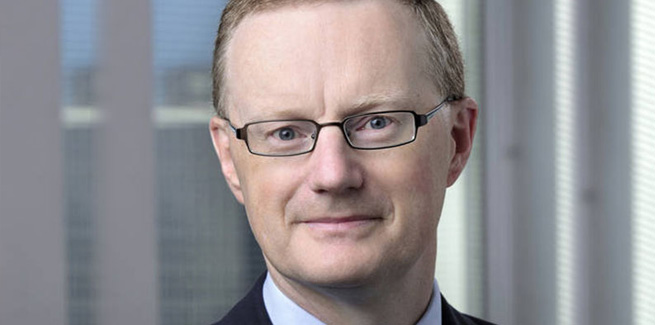Reserve Bank of Australia (RBA) governor Dr Philip Lowe addressed the Australian Farm Institute’s conference in Toowoomba last week to learn more about the issues facing the farm sector and regional Australia.
During his address at the conference, Dr Lowe reiterated that the RBA “does not, and should not, target” house prices.
However, he said that one aspect of the housing market that the central bank is “paying close attention” to is the increase in household borrowing, adding that it has a “strong interest” in household borrowing trends, particularly in light of the already high level of household debt in Australia.
Furthermore, he emphasised the importance of lending standards remaining sound in an environment of low interest rates and rising house prices.
“At its meeting [on 11 June], the Council of Financial Regulators also discussed the risks that could arise if growth in household borrowing substantially outpaces growth in household income,” Dr Lowe said.
“This is not the case at the moment, but the council did discuss possible policy responses to a scenario in which rapid growth in household debt poised heightened risks to the future stability of the economy.”
Dr Lowe also noted in his address that rising house prices is encouraging more housing construction, but said this could raise its own challenges, including ensuring that planning processes are flexible enough to allow the supply side of the market to respond to the extra demand.
He added that regional centres should be better placed to handle this than capital cities, but noted that this may not always be the case.
“A related challenge is to find the workers to build the new housing in regional Australia,” Dr Lowe said.
RBA monitoring house price rise impact on savings
In his address, Dr Lowe also said that the household saving rate had spiked to 22 per cent in June 2020, the highest level on record. He said this was driven by a boost to incomes through government support, the limited opportunities to spend (amid the COVID-19-related social distancing restrictions and border closures limiting international travel), and households feeling uncertain about the future.
He said: “While the saving rate has since declined as restrictions have been eased, it remains high by historical standards. The fact that households have saved more means that, in aggregate, household balance sheets are in better shape than they were previously.”
He also said that household balance sheets have been affected by the recent rise in house prices. While noting that this rise has occurred nationwide, Dr Lowe said that it was initially evident in regional areas, with price gains in many areas outstripping those in capital cities.
He said that global factors such as low interest rates have contributed to the spike in house prices.
“But there has also been strong demand for properties in regional Australia due to people moving out of the capital cities and fewer people leaving regional areas during the pandemic,” Dr Lowe said.
“The effects of this are evident not just in prices but in rental markets, too, with rents rising quickly in many regional centres.”
Dr Lowe remarked that the next stage of the economic recovery could be determined by how households respond to these changes in their balance sheets.
He said: “If households were to run down their additional savings quickly or if higher housing prices spurred more spending than usual, a stronger economic path than the one we have envisaged could eventuate.
“On the other hand, it is possible that households sit on these extra savings for a long time and restrain their spending because of uncertainty about the future. If so, this would slow the recovery. So, this is an issue we are watching carefully.”
Dr Lowe concluded by stating that as part of the board’s overall strategy, it would not increase the official cash rate until inflation is sustainably within the 2 to 3 per cent target range.
Inflation pressures have remained and would likely remain subdued, while wage increases would need to be substantially higher than current levels for inflation to reach the RBA’s targets, Dr Lowe said.
Dr Lowe said that “this still seems some way off”.
[Related: Tighter lending policy due in 1H 2022: Westpac]

